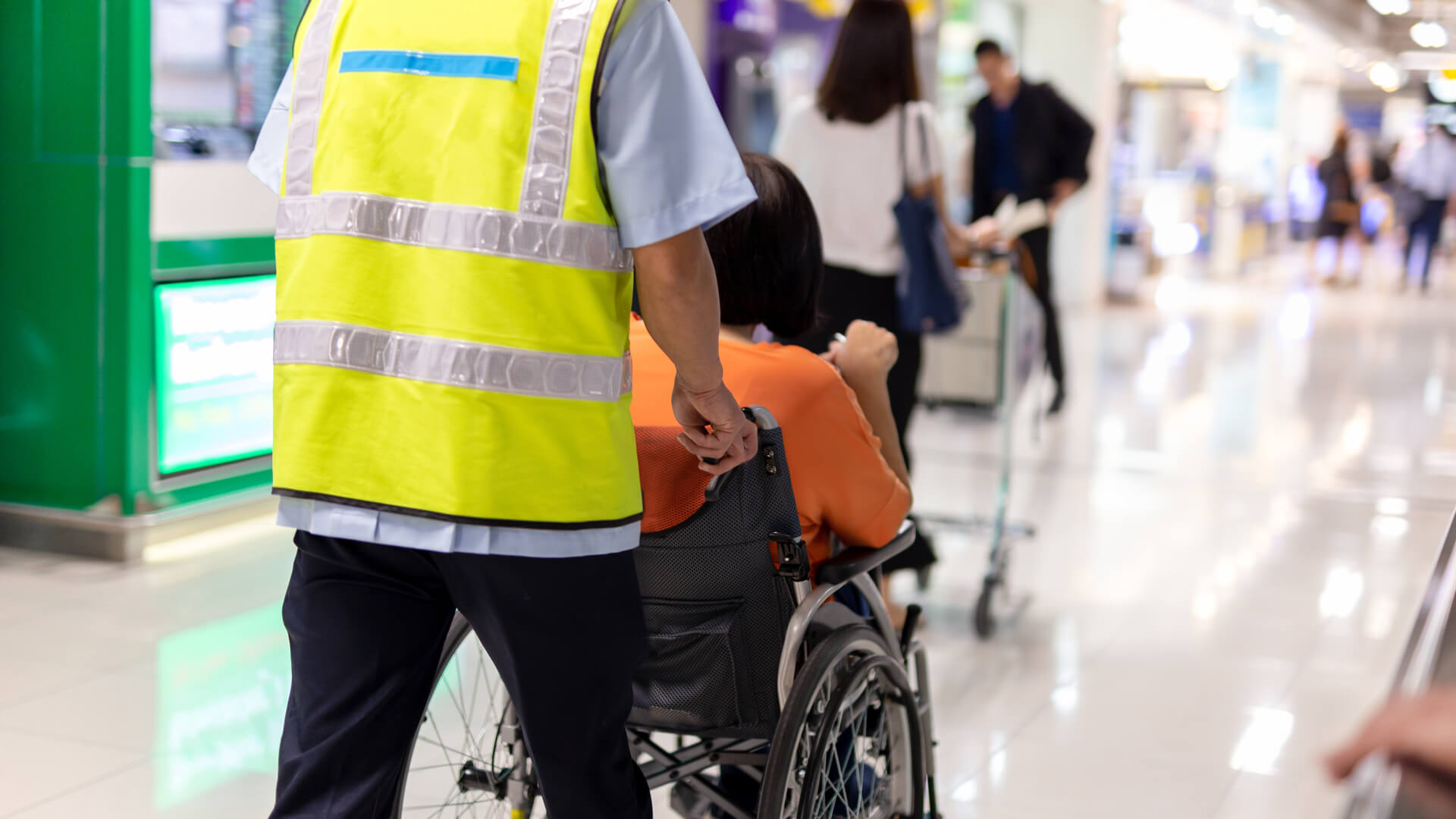Road Safety and Electric Wheelchairs: The Rules and Recommendations
It may be a strange sight to see a wheelchair on an A road, but those classed as Class 3 Invalid Carriages in law are allowed.
When choosing a powered wheelchair, you may want to consider the option of Class 3, which has a maximum speed of 8mph. Class three wheelchairs are the only ones that are allowed on the road.
Classes of powered mobility wheelchair
Within wheelchairs, there are three government classifications. These are classified under Rule 36 of the Highway Code.
Class One
These are manual wheelchairs that have no powered capability. These must only be used on footpaths and pavements, and either propelled by the user or a carer.
Class Two vehicles (including wheelchairs)
A maximum speed of 4mph applies to class two invalid carriages, and they’re also designed for use exclusively on pavements. However, unlike class ones, you can also take class two on a road where no pavement is available, such as a country lane.
If they must be taken on the road, then the laws surrounding lights, indicators, and mirrors apply as if it was a car.
Class Three
The only wheelchairs legally allowed on the road when there is a pavement, class threes have a top legal speed of 8mph. They can go on dual carriageways up to 50mph and are also able to go on pavements when a road is not possible, or it is safer for them to do so. This could be when crossing a roundabout or a dangerous junction. When used on pavements, class three chairs have a legal top speed of 4mph.
Can electric wheelchairs go on the road?
Legally, only class three wheelchairs are allowed on the road. They should not use a cycle lane but instead stay slightly to the right of a cycle lane, if there is one. A user of an invalid carriage must follow the same rules as other road users. This includes lights.
One interesting difference for a user of a class three carriage is that when they are on a dual carriageway, they must have an orange beacon to ensure visibility.
The Orange Beacon
Any class three wheelchairs must be fitted with an orange beacon, for use when traveling on dual carriageways.
This is under Rule 225 of the highway code, which states “On unrestricted dual carriageways, motor vehicles … with a maximum speed of 25 mph (40 km/h) or less (such as tractors) MUST use a flashing amber beacon.”
When the speed limit of the dual carriageway is over 50mph, the orange beacon must flash. When on a road less than 50mph, it should be on, but it doesn’t have to be flashing.
Parking Restrictions for your Invalid Carriage
Parking should not obstruct or impede the passage of pedestrians and pavement users and should follow general conventions, such as yellow lines.
You can park in normal car parking spots, or blue badge spots if you can display a blue badge certificate.
Who can drive an invalid carriage?
Only certain persons are able to drive a powered wheelchair. You must be:
- Unable to walk properly, either because of an injury, disability or medical condition
- Demonstrating the vehicle
- Training the intended user
- Taking the vehicle to or from maintenance or repair
Rules for class 3 wheelchairs
Class three wheelchairs have some specific regulations, especially regarding certain fittings and parts.
Class 3 carriages, to be allowed on the road, must have:
- An efficient braking system
- An audible horn
- Direction indicators that can also be used as hazard lights
- A rear view mirror
- Front and rear lights and reflectors
Other requirements can be found on the gov.uk website.
Did this blog help you? Let us know, as LITH-TECH may be able to help you with further advice when it comes to understanding wheelchairs. Our skilled experts will help you find a chair that all suits your needs.
Share this article
Follow us
Latest articles
April 28, 2024
April 28, 2024
April 28, 2024
April 28, 2024
April 28, 2024





